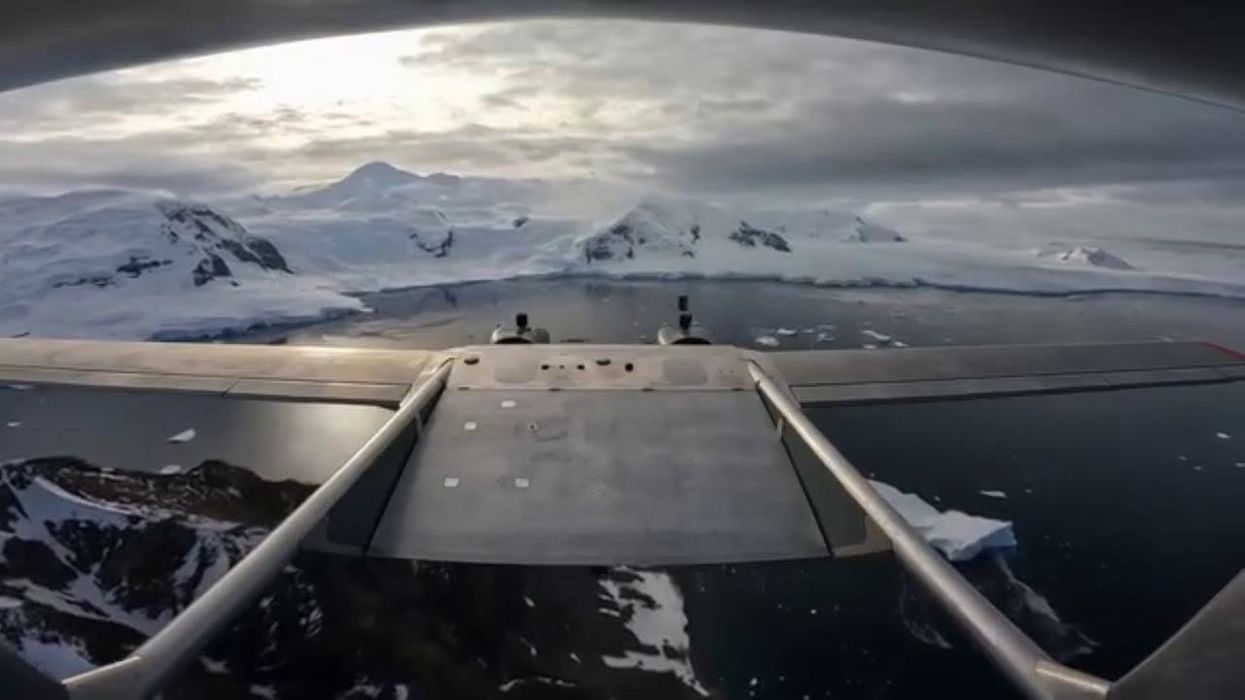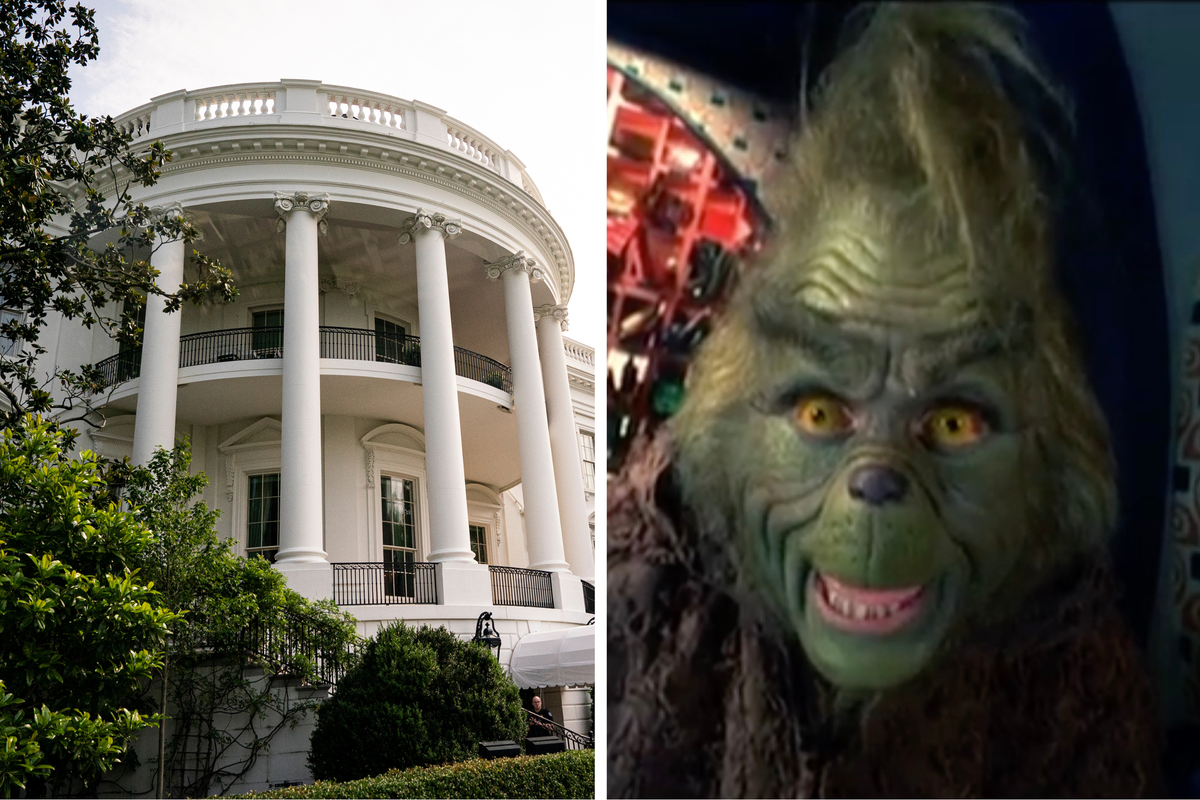Harriet Brewis
Apr 09, 2024
Autonomous drone captures stunning views of Antarctica's pristine landscape
ViralPress / VideoElephant
Antarctica, home to the world’s largest ice sheet, is famous for its endless snowscape and, to a lesser extent, its communities of penguins.
Most of us wouldn’t associate it with ominous, towering volcanoes.
And yet, hidden along a stretch that runs thousands of miles along the western edge of the continent, is the largest volcanic region on Earth.
In this region, nestled under the snow and ice, lie as many as 138 volcanoes, 91 of which were discovered as recently as 2017.
And given that there are more than 130 of them, people are understandably concerned that some of them could be ticking time bombs.
The questions that beg to be asked, therefore, are: could any of these volcanoes erupt? And what would happen if they did?
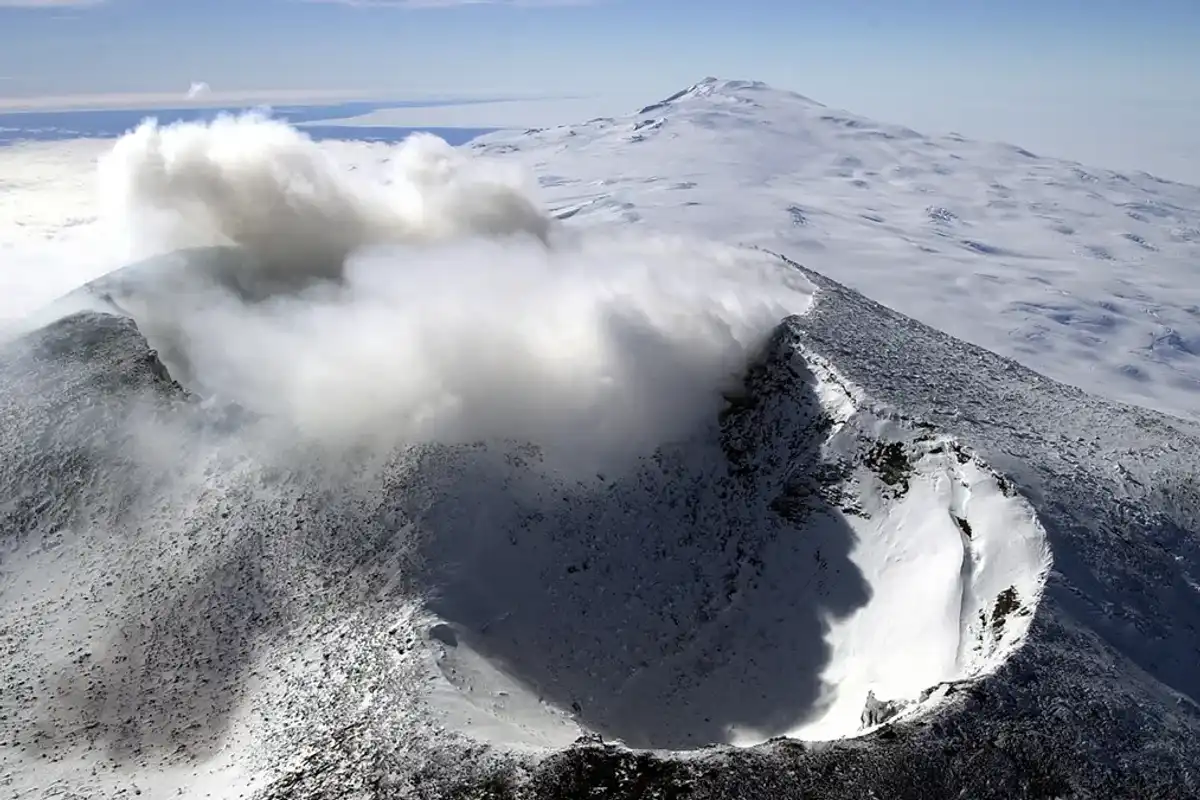
Currently, only two of the Antarctic volcanoes are officially classified as active: the horseshoe-shaped Deception Island – which is part of the South Shetland Islands – and Mount Erebus.
The latter is the most southerly active volcano on Earth and has the highest peak on the continent, with its summit standing at 12,448 feet (3,794 metres).
"Erebus, which looms over the McMurdo research base on Scott Island, has been continuously erupting since at least 1972," Conor Bacon, a postdoctoral researcher in volcano seismology at the University of Cambridge, told Live Science in an email.
Since then, it has been known to "emit plumes of gas and steam" and occasionally hurl out rock "bombs," which collectively are known as “strombolian eruptions”, NASA’s Earth Observatory notes.
"One of its most interesting features is the persistent lava lake that occupies one of [its] summit craters, where molten material is present at the surface," Bacon said.
"These are actually quite rare, as it requires some very specific conditions to be met to ensure the surface never freezes over."
Meanwhile, Deception Island, is the caldera of an active volcano, which last erupted in 1970, according to the Deception Island Antarctic Specially Managed Area, which monitors the island for volcanic activity.
And whilst only two of Antarctica’s are currently active, scientists are constantly monitoring all 138.
They acknowledge that it is hard to predict whether any of them might one day erupt. This is largely thanks to logistical and climatic challenges posed by the Antarctic’s unforgiving habitat.
For starters, the volcanoes are much harder to access than those in other parts of the world, plus, all monitoring instruments “need to be rugged enough to survive the harsh conditions and long polar nights," Bacon stressed.
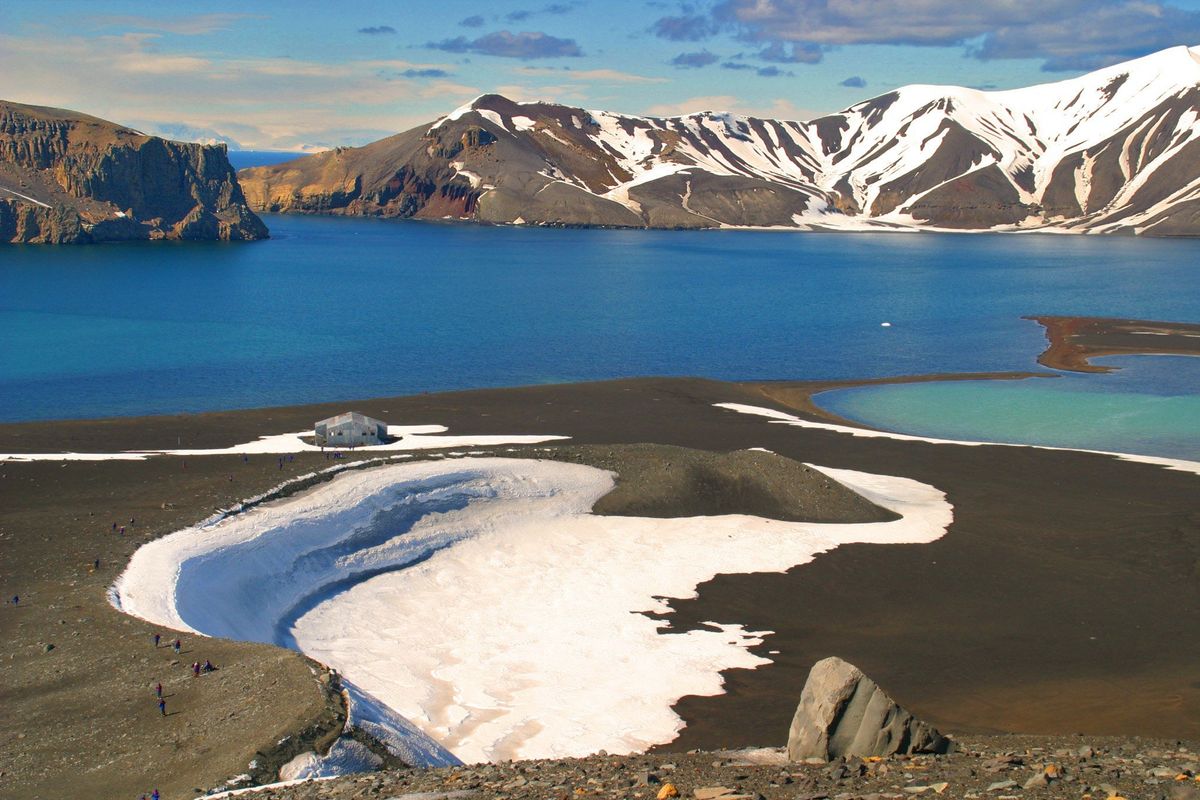
So what would happen if one or more of these volcanoes were to erupt?
We can find clues by peering back in time nearly 20,000 years.
One of the continent’s volcanoes, Mount Takahe, sits near the remote centre of the West Antarctic Ice Sheet.
In a 2017 study, published in the journal PNAS, scientists posited that Takahe was responsible for a series of eruptions rich in ozone-consuming halogens that occurred about 18,000 years ago.
They claimed that these eruptions triggered an ancient hole in the ozone layer and warmed the southern hemisphere.
This caused glaciers to melt and helped bring the last ice age to an end, John Smellie, Professor of Volcanology at the University of Leicester, explained in a piece for Newsweek.
Still, Prof Smellie conceded that for this sort of environmental impact to happen again, it would require a series of eruptions, similarly enriched in halogens, “from one or more volcanoes that are currently exposed above the ice.”
“Such a scenario is unlikely although, as the Takahe study shows, not impossible,” he wrote.
“More likely is that one or more of the many subglacial volcanoes, some of which are known to be active, will erupt at some unknown time in the future.”
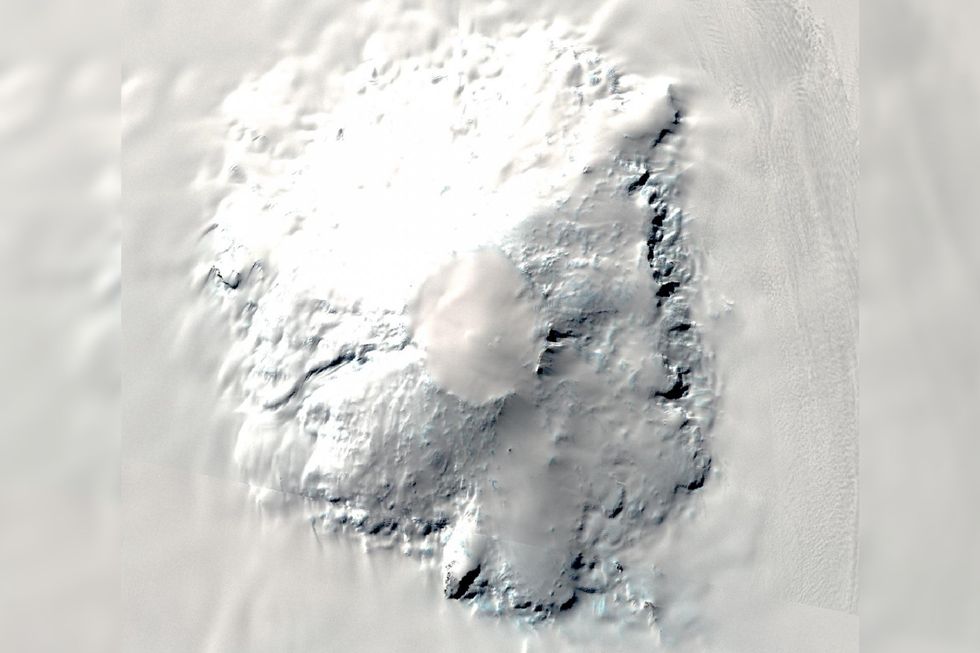
What would be the result of an eruption below the ice?
Prof Smellie argued that the extreme thickness of the overlying ice makes it very unlikely that volcanic gases would make it into the atmosphere.
In other words, such an eruption wouldn’t have an impact like that of Takahe (thank God).
Still, a subglacial eruption would “melt huge caverns in the base of the ice and create enormous quantities of meltwater,” he said.
And because the West Antarctic Ice Sheet is wet rather than frozen to its bed, the meltwater would act as a lubricant and could cause the overlying ice to slip and move more rapidly.
Nevertheless, these volcanoes could at least stabilise the ice by “giving it something to grip onto”, he argued.
“In any case, the volume of water that would be generated by even a large volcano is a pinprick compared with the volume of overlying ice. So a single eruption won't have much effect on the ice flow,” Prof Smellie went on.
“What would make a big difference, is if several volcanoes erupt close to or beneath any of West Antarctica's prominent ‘ice streams.’”
Ice streams are, as the name suggests, rivers of ice along which most of the ice in Antarctica is delivered to the ocean. As such, changes in their speed can affect the sea level.
Therefore, Prof Smellie noted: “If the ‘lubricant’ provided by multiple volcanic eruptions was channelled beneath ice streams, the subsequent rapid flow may dump unusual amounts of West Antarctica's thick interior ice into the ocean, causing sea levels to rise.”
But perhaps the most dramatic result of a series of eruptions is that they could destabilise more of the continent’s subglacial volcanoes.
“More eruptions and ice melting would mean even more meltwater being channelled under the ice streams,” Prof Smellie said.
“Potentially a runaway effect may take place, with the thinning ice triggering more and more eruptions. Something similar occurred in Iceland, which saw an increase in volcanic eruptions when glaciers began to recede at the end of the last ice age.”
He continued: “So it seems the greatest threat from Antarctica's many volcanoes will be if several erupt within a few decades of each other.
“If those volcanoes have already grown above the ice and their gases were rich in halogens then enhanced warming and rapid deglaciation may result.
“But eruptions probably need to take place repeatedly over many tens to hundreds of years to have a climatic impact.
“More likely is the generation of large quantities of meltwater during subglacial eruptions that might lubricate West Antarctica's ice streams.
“The eruption of even a single volcano situated strategically close to any of Antarctica's ice streams can cause significant amounts of ice to be swept into the sea.”
However, he concluded: “The resulting thinning of the inland ice is also likely to trigger further subglacial eruptions generating meltwater over a wider area and potentially causing a runaway effect on ice flow.”
In other words, let’s hope those volcanoes remain as frozen in action as their icy surroundings.
Sign up for our free Indy100 weekly newsletter
Have your say in our news democracy. Click the upvote icon at the top of the page to help raise this article through the indy100 rankings
Top 100
The Conversation (0)
